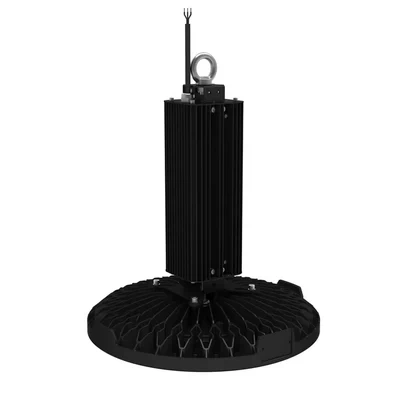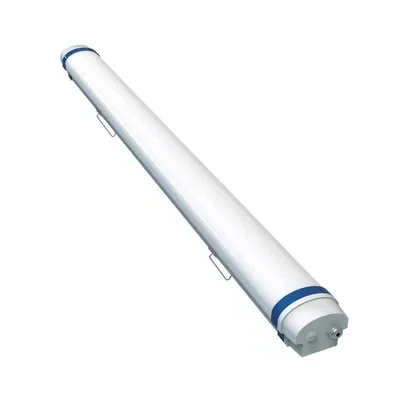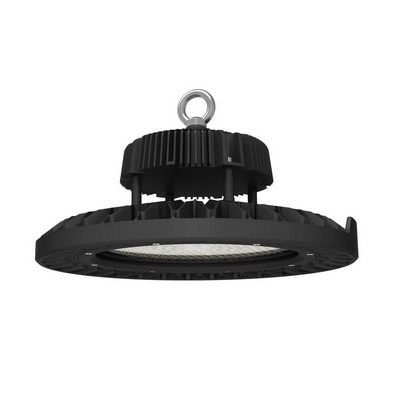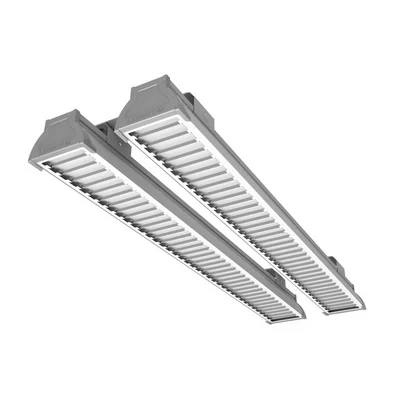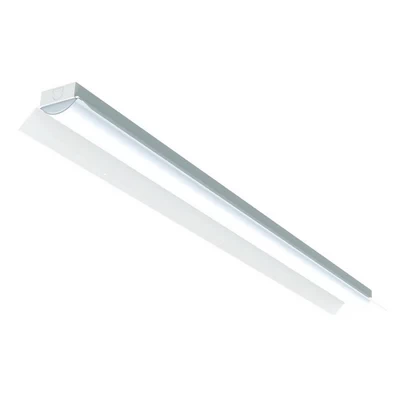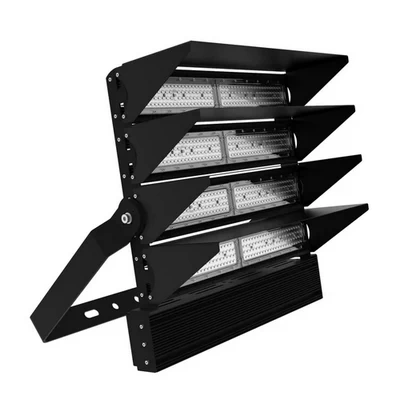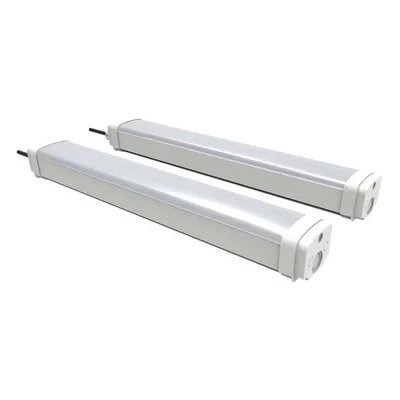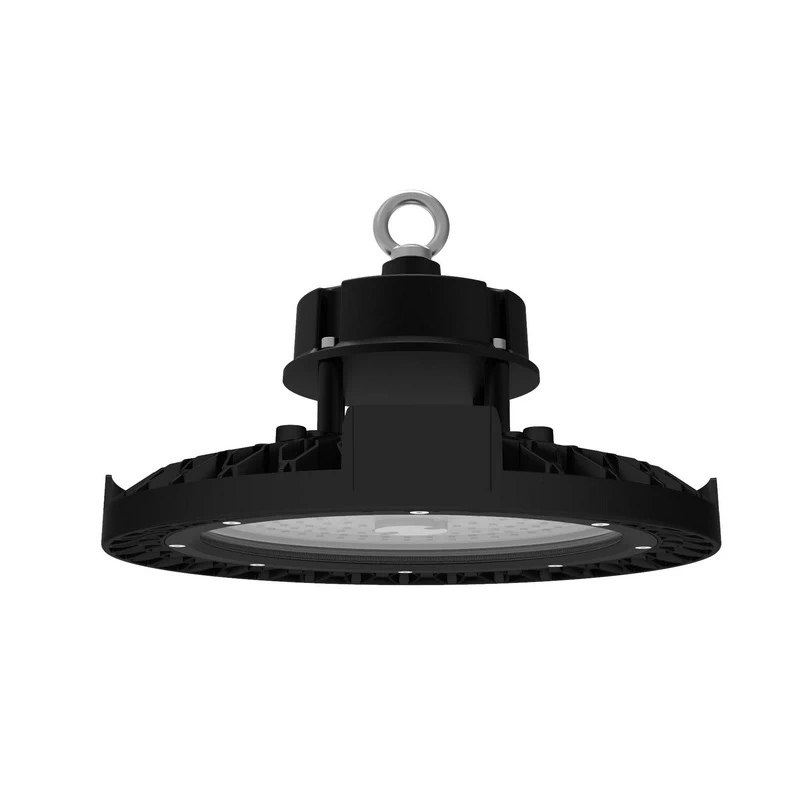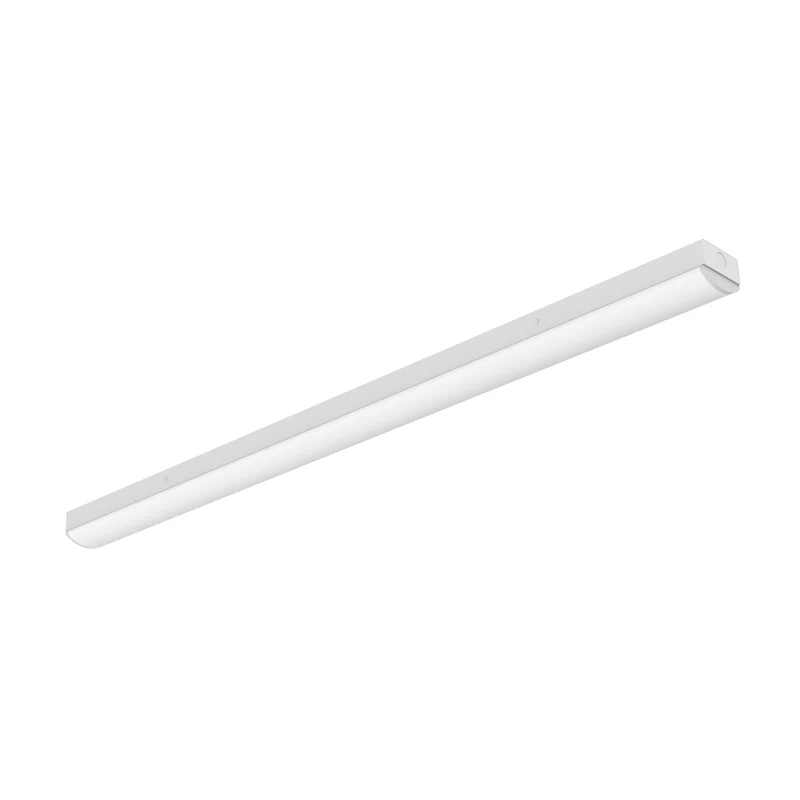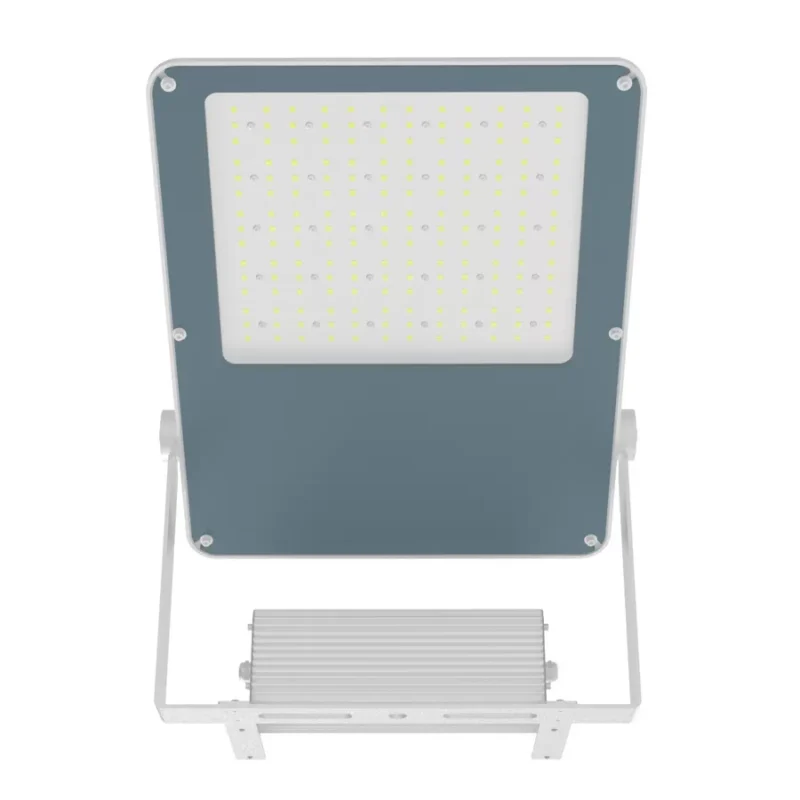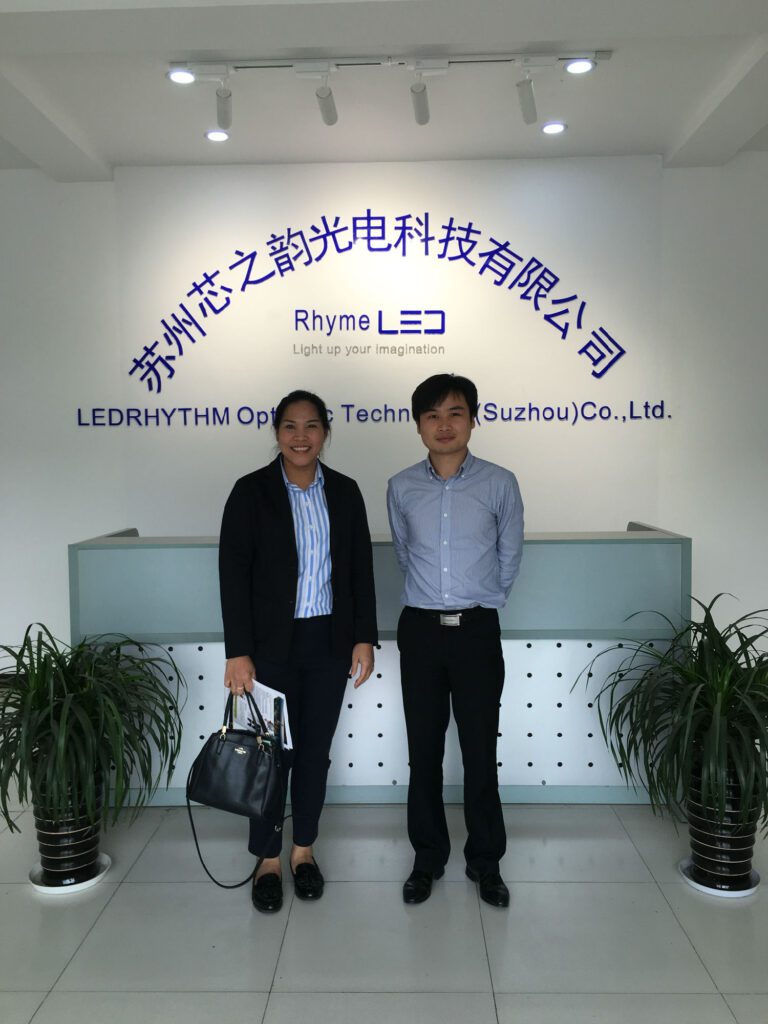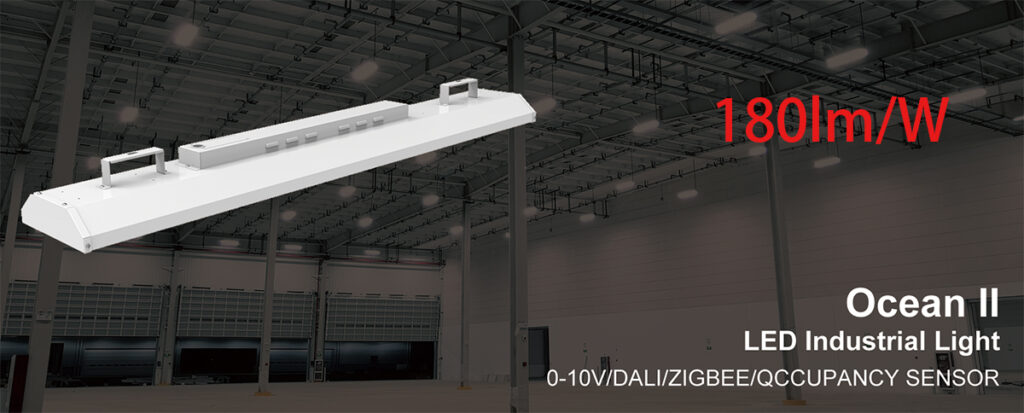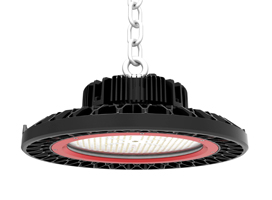What does integrated led mean-what is the difference between led and light bulbs?
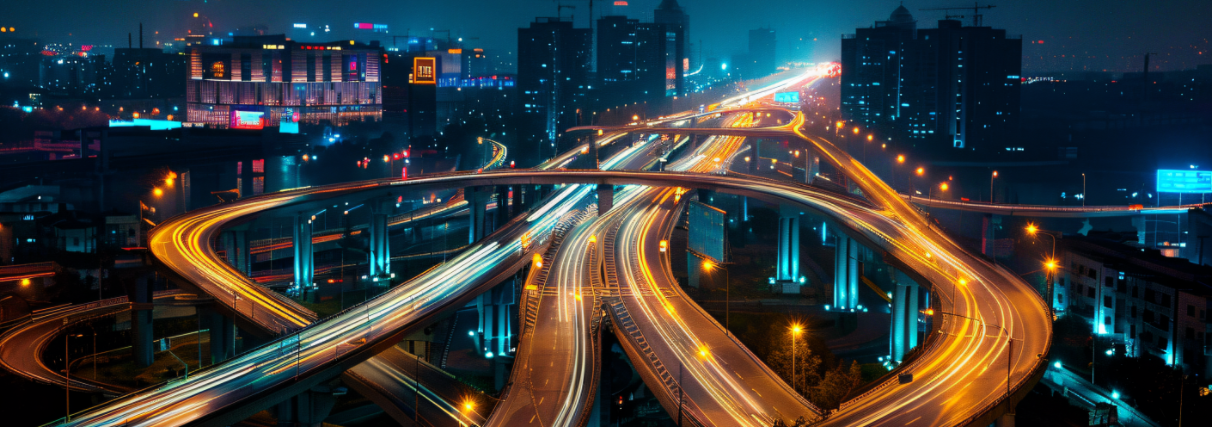
Introduction: Understanding Integrated LED Lighting
Integrated LED lighting has become a revolutionary solution in industrial, commercial, and outdoor lighting applications such as factories, ports, and stadiums. But what does integrated LED mean? Integrated LED refers to lighting where the LED module is built into the fixture itself, rather than relying on a separate, replaceable bulb. This design provides several advantages, such as improved energy efficiency, longer lifespan, and better heat management. However, it also raises questions, such as how long do integrated LED lights last and whether integrated LED lights can be replaced if they fail.
To fully appreciate the pros and cons of integrated LED lights, it's essential to understand the structure of LED lighting and how it compares to traditional light bulbs.
What is Integrated LED Lighting?
What is an integrated LED light, and how does it differ from a traditional LED bulb? Integrated LED lighting systems incorporate the LED chips directly into the fixture, rather than relying on a separate LED bulb. The fixture is designed to last the lifespan of the LED itself, typically 25,000 to 50,000 hours or more. These systems are popular in industrial settings due to their durability and low maintenance.
Components of Integrated LED Lighting
LED lighting consists of several components that work together to produce bright, efficient light:
-
LED beads: Composed of brackets, silver glue, chips, gold wires, and epoxy resin.
-
PCB boards: Provide the structure and conductivity for the LED beads.
-
Lighting housing and lenses: Protect the LED and help distribute light evenly.
-
LED drivers: Convert AC power to the DC power required by the LED, ensuring efficient energy use.
The integrated LED light design incorporates these components into one cohesive unit. This results in a streamlined design that is compact and optimized for performance. But the integrated vs. non-integrated LED comparison doesn't stop at structure; it also extends to performance and flexibility.
LED vs. Integrated LED: Key Differences
Integrated LED vs. LED bulb: What's the difference? In traditional LED lighting, the light source (LED bulb) can be replaced if it fails. In integrated LED fixtures, the LED is built into the fixture itself, so the entire unit must be replaced when the LED reaches the end of its life.
Advantages of Integrated LED Lighting
-
Longer lifespan: As mentioned, how long do integrated LED lights last? Generally, these lights have a lifespan of 25,000 to 50,000 hours, significantly longer than traditional incandescent or fluorescent bulbs.
-
Energy efficiency: Integrated LED lighting offers a conversion efficiency of up to 90%, reducing energy consumption in industrial and commercial applications.
-
Durability: The design of built-in LED lights makes them more resistant to external factors like moisture, dust, and extreme temperatures, making them ideal for outdoor applications like ports and stadiums.
-
Low maintenance: Since integrated LED fixtures don't require regular bulb replacements, they are a low-maintenance solution for high-ceiling spaces, warehouses, and large-scale facilities.
Drawbacks of Integrated LED Lighting
-
Replacement issues: One major downside is the difficulty in replacing the LEDs. Can integrated LED lights be replaced? In most cases, the entire fixture must be replaced, which can be costly.
-
Higher initial cost: Although the long-term savings are significant, the upfront cost of integrated LED lights can be higher compared to traditional lighting systems.
Applications of Integrated LED Lighting in Industrial Environments
Integrated LED lighting is particularly beneficial in industrial settings, including factories, warehouses, ports, and stadiums. The reasons are clear:
-
Energy savings: Large-scale facilities benefit from the energy efficiency of LED integrated light fixtures. For example, a high-bay LED lighting system in a factory can reduce energy consumption by up to 70% compared to traditional lighting.
-
Reduced maintenance: In spaces like stadiums and ports, where access to lighting fixtures can be difficult, the long lifespan and low maintenance of integrated LED lights provide a significant advantage.
-
Durability: In outdoor environments such as ports and stadiums, integrated LED outdoor lighting can withstand harsh weather conditions, making them more reliable than traditional lighting.
Table: Pros and Cons of Integrated LED Lighting vs. Traditional Lighting
Feature
Integrated LED Lighting
Traditional Lighting
Lifespan
25,000 to 50,000 hours
2,000 to 15,000 hours
Energy Efficiency
90%+
50% or lower
Environmental Impact
No hazardous materials (e.g., mercury)
Often contains harmful substances (e.g., mercury)
Replacement
Entire fixture must be replaced
Bulb can be easily replaced
Maintenance
Low
High
Cost
Higher upfront cost, lower long-term costs
Lower upfront cost, higher maintenance costs
Durability
High (resistant to weather, dust, etc.)
Lower (sensitive to environmental factors)
Flickering
None
Common in older lighting systems
Are Integrated LED Lights Good for Industrial Applications?
The question are integrated LED lights good depends largely on the application. For industrial environments, they are an excellent choice due to their long lifespan, energy efficiency, and durability. The pros and cons of integrated LED lights lean heavily in favor of the pros when it comes to large facilities, where the initial investment is offset by long-term savings in both energy and maintenance costs.
What is Integrated LED Outdoor Lighting?
Integrated LED outdoor lighting is specifically designed for outdoor environments like stadiums, ports, and industrial complexes. These lights are built to withstand harsh weather conditions, including rain, wind, and extreme temperatures, making them ideal for outdoor industrial use.
Key features of integrated LED outdoor lighting include:
-
Weather resistance: These fixtures are sealed to protect against moisture and dust.
-
High lumen output: Outdoor applications often require higher light output, and integrated LED lights deliver with high brightness and even distribution.
-
Low energy consumption: Despite their powerful output, LED integrated lights consume far less energy than traditional outdoor lighting systems.
Replacing Integrated LED Lights: Can it Be Done?
One of the most common questions surrounding integrated LED lights is whether they can be replaced. Can integrated LED lights be replaced? The answer is typically no, as the LEDs are built into the fixture itself. However, manufacturers are constantly working on solutions to make integrated fixtures more modular, allowing for easier repairs and replacements.
How to Replace Integrated LED Lights
For those wondering how to replace integrated LED lights, the process usually involves replacing the entire fixture. However, some fixtures are designed with replaceable LED modules, making it easier to swap out faulty components without discarding the entire unit.
Ledrhythm Integrated LED Lighting
compared with traditional lighting, Ledrhythm Integrated LED lighting has the advantages of small size, long life, low energy consumption, low noise, no flicker, and higher reliability.
Ledrhythm Lighting

Ledrhythm The High ceiling series: Ocean II
The high ceiling series Ocean II is equipped with LED 2835 specifications, high brightness, high color rendering chips, power specifications 60W, 80W, 100W, 120W, 150W, and other specifications, with a luminous efficiency of up to 180 lm/W, CRI≥80, UGR≤22.
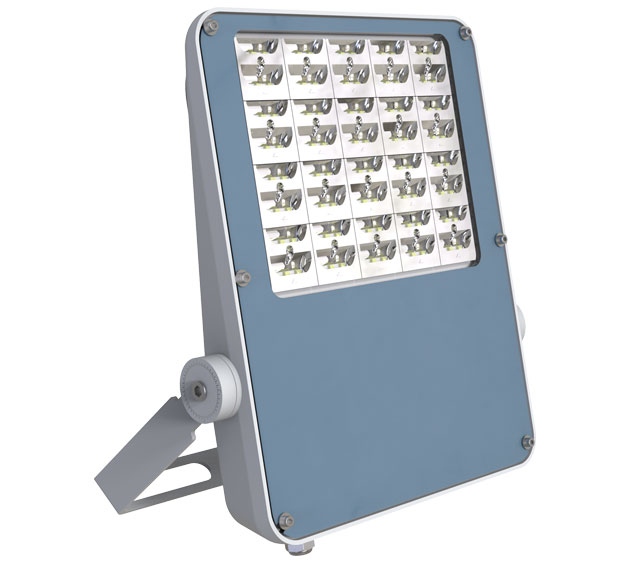
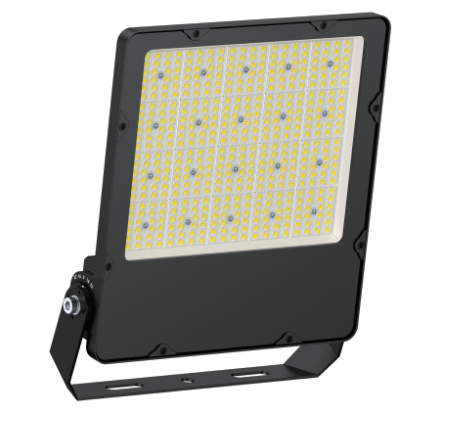
Ledrhythm floodlighting series : Slim I Slim III
floodlights are equipped with LED 3030 EMC bracket specification chips, which have higher reliability and stability, low light decay, and long life.

Ledrhythm street lighting series: Moon III
The Moon series of street lights are equipped with LED 5050 EMC high-power Philips chips and driven by Mean Well and Inventronics, ensuring that the lighting has a long service life in complex outdoor environments and is safe and reliable.
Conclusion: Integrated LED Lighting in the Modern Industrial World
The future of lighting is undoubtedly moving towards integrated LED lighting. While there are some drawbacks, such as the difficulty in replacing failed LEDs, the benefits far outweigh these concerns, especially in industrial applications like factories, ports, and stadiums. The pros and cons of integrated LED lights demonstrate that for most industrial environments, integrated LED systems offer unparalleled energy savings, durability, and long-term reliability.
With the rise of integrated LED fixtures and improvements in technology, these systems are set to become the standard in industrial and commercial lighting across the globe.

